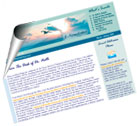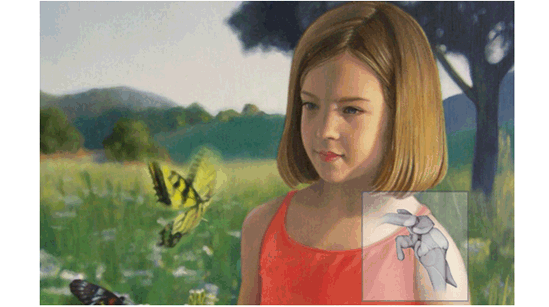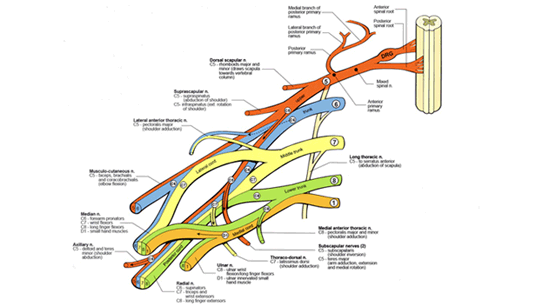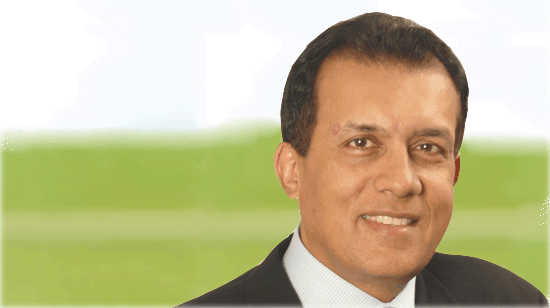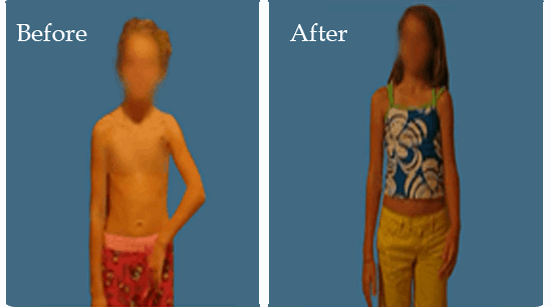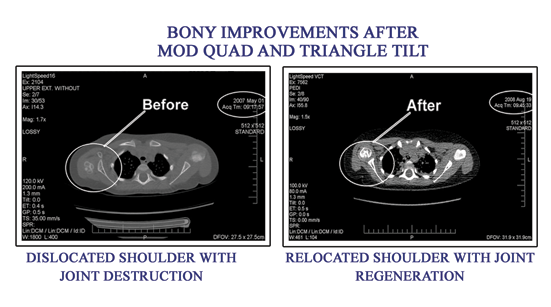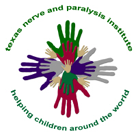| |
Adult Injury
Most adult injuries to the brachial plexus occur as a result of significant trauma such as during a motor vehicle accident.
Motorcycle and all-terrain vehicles are most commonly involved although automobile accidents can also cause the injury.
As with infant injuries, the head and neck are forced away from the shoulder and arm, thus stretching the nerves of the
brachial plexus and resulting in tearing, rupture and avulsion if the force is great enough. Injury can also occur in
adults as the result of inflammation (Parsonage- Turner Syndrome, or brachial neuritis), tumor, radiation and other causes.
The treatment of adult injuries follows the same principles as in infants, although there are important differences:
(1) The distances for nerve regeneration to occur are of course greater in adults due to their limb length; therefore,
nerve transfer surgical techniques rather than nerve grafting in the neck are more often utilized. Nerve transfer
is the use of a donor nerve to supply the power for an injured nerve. Nerve grafting is the use of bridge nerves
to reconstruct the originally injured nerve. Because nerve transfers are performed closer to the denervated muscle
than nerve grafts, the distances for regeneration are greatly reduced and recovery of function should occur in a shorter time frame
(2) Surgery tends to be recommended earlier than in children, again because of regeneration distances. Atrophy of the
denervated muscles occurs more quickly in adults and therefore techniques to delay this have been developed: the
implantable muscle stimulator. This device is much like a heart pacemaker with special electrodes that are inserted
into the muscle. Electrical pulses are delivered every minute around the clock for up to 2 years. This constant
stimulation of the muscle helps to reduce atrophy and hopefully to improve the quality of the final muscle function.
(3) Pain due to the nerve injury itself is more common in adults than in children, this may be due to a greater incidence
of root avulsion injury. Adults often need further surgical procedures such as spinal cord stimulation, sympathectomy or
dorsal root entry zone lesions for pain control.
(4) Although major nerve injuries, including brachial plexus injuries, do cause reduction in limb size and contractures
in adults, the same degree of injury in children results in greater deformity. This is due to the fact that growth of the
bones and other structures of the arm and hand is dependent on an intact nerve supply. In adults, common areas for contracture
are the chest and armpit area, the elbow, the forearm and the large knuckle joints of the hand. All can be helped with physical
therapy to some extent, but surgical release of contractures, tendon transfers and nerve decompression have more impact and are
used frequently
|
|





